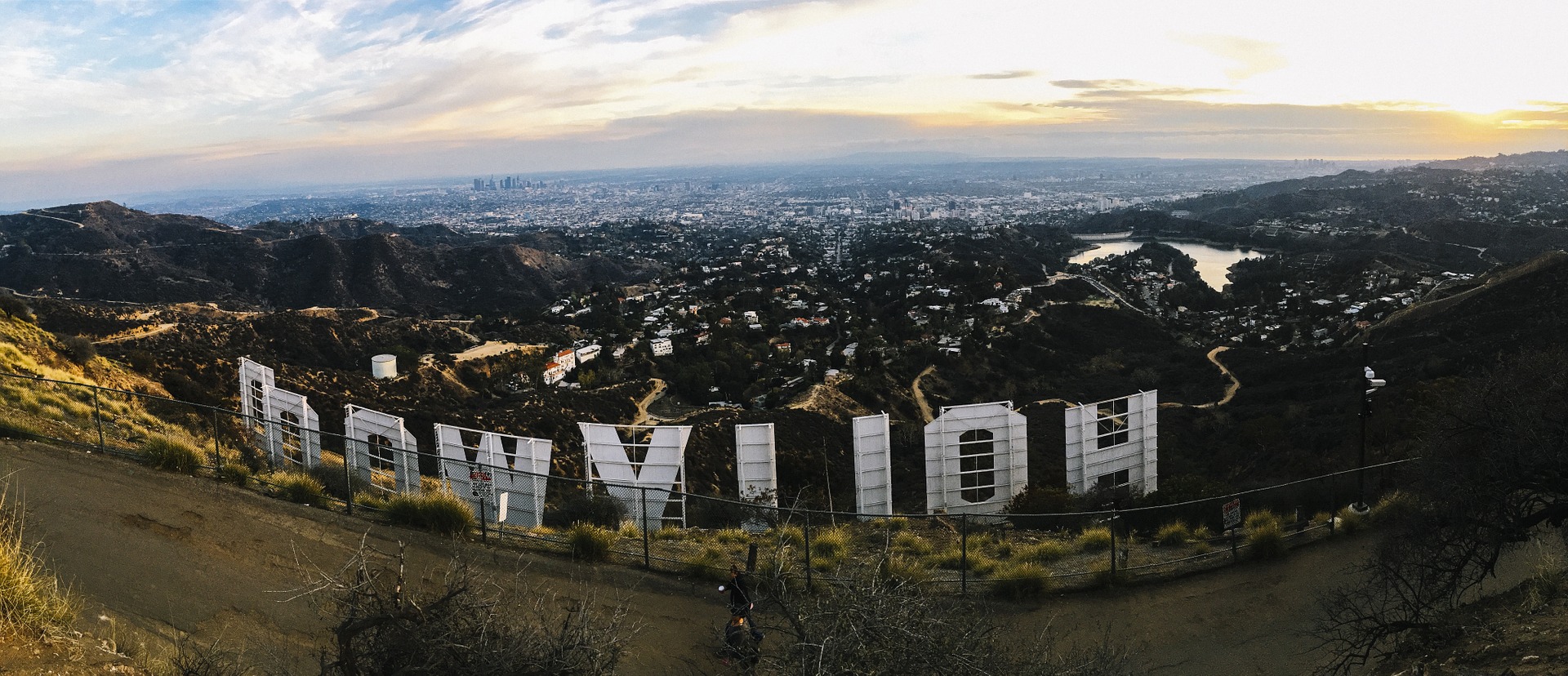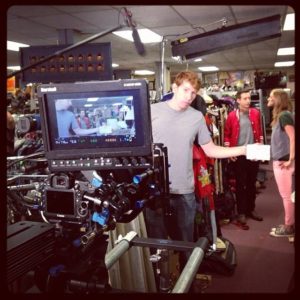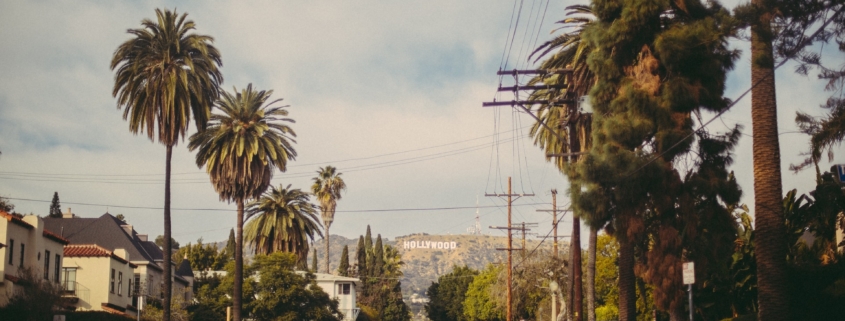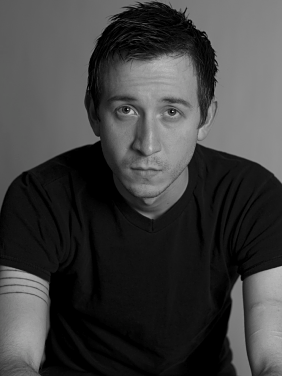The Wishful Dread of a Career in Art

I used to ghostwrite erotica novels. It was lucrative and consistent work doing something I love—telling stories. I could embarrass myself here trying to justify why I had a penchant to write drivel, but my point is to illustrate that ghostwriting erotica was quite literally the only thing I could will myself to do for money at the time. I didn’t go seeking the gig; it was just one of those things that presented itself through a client I worked for in Hollywood. Even as I appreciated the paycheck, I felt creatively drained. My own (non-erotic) writing took a backseat as I stressed to meet cutthroat deadlines churning out novels for other people.
By no means was ghostwriting erotica artistically satisfying. The final product served a commercial purpose, but this was not what I had in mind when I imagined one day being a writer. I aspired to put my heart into my characters and create profound, moving works of literature. Instead, I was writing raunchy (yet tasteful) stories full of dramatic and graphic sex scenes perforated with subplots that made the work barely pass as fiction. The more I ghostwrote these erotica novels, the more other opportunities opened to ghostwrite different creative works. I wrote everything from historical romance novels (with zero sexual intercourse) to psychological thriller feature film scripts. As a freelance writer, I was stuck abiding to the deadlines of my clients. I made a living this way for the better part of a year, often working around the clock.
I’ve been at the mercy of art since I was a teenager. Now, in my late twenties, I’m starting to feel that being an artist isn’t something that someone chooses to do. In fact, coming to the understanding that I was an artist made me anxious. Dread set in when I realized that there is nothing else in this world I can do but art.
I can only define art based on my personal experience. When I was ghostwriting, the process became so mechanical that I felt more like a story-generating robot than a writer. I would sit at my desk and conjure storylines that met my client’s erotica ratio (33% of the prose must consist of steamy scenes) while trying my best to stick to the formulaic structure found in Blake Snyder’s, Save the Cat!, a screenwriting bible. I decided that I would rather turn down a cushy paycheck and retain my energy for writing I was passionate about.
For me, there is nothing else I can do but write. I know because I’ve tried everything else—filmmaking, acting, music, visual art. I’ve had varying degrees of failure and success. But, given the chance to do it differently and avert these failures, I wouldn’t. At some point, once the artist mantle crystalizes, there is a clarity—hopefully an acceptance—of personal destiny. I can look back on my experiences, reflect on all the choices and events, and see how it all contributed to my voice as a writer. Dealing with artistic hardships and trials has helped me cope with the unpredictability of life, making me a better writer than the one I was before.
* * *

Photo by Robin Charney, 2009
You’re at The Ground Level coffee shop on poetry night. Echoes and vibrations of words, snapping fingers. The room is full of writers and artists. Like you, they’re here to open up. Briefly unlock their souls. See if anything true and haunting escapes. You look over the chicken scratch you call a poem and prepare for the host to call you to the mic. The previous literary artists have already brought the room to laughter and tears. You take the stage.
Even today, I look back to those artists and coffee shop poets in Toledo and feel as though I was walking among giants. Circa 2005 Toledo had an ambitious group of filmmakers, poets, artists, musicians, writers—all of whom I was lucky to associate with. My personal experience with art growing up in the Midwest was riper than I thought.
One of the cornerstone influences on my identity as an artist today was the opportunity to live at the Collingwood Arts Center when their Artist Residency program was still around. There, I met poets and artists who taught me not only how to live as an artist but also what it means to be one. A writer who lived there casually told me that he wrote steamy, harlequin romance novels under a female penname. At the time, I thought he was joking. I never imagined that one day I’d be doing the same thing for a living. This was the same writer who I’d seen reciting Shakespeare at the top of his lungs during poetry night. The dream of being an artist was real to him and the other writers, painters, musicians, and filmmakers whose paths I crossed. For them, the dream was to have the freedom to create and a venue for their expression.
* * *
You’re in the Cleveland snow bringing the star of a Nickelodeon movie her coffee between takes. A team of bright-eyed creatives work together around you to create a motion picture. You’re the lowest person on the totem pole. You’ve got a bachelor’s degree in film and the coffee you were assigned to bring to the movie star is not hot enough for her. You keep your mouth shut, do as you’re told. When the star takes her place in front of camera you think that you might be cut out for her job. Members of the cast and crew, the people who have become your temporary family during this production, tell you that if you want to make it, you can’t do it in Ohio. You have to move to Los Angeles. That’s where it’s at.
You spend the rest of the winter living out of a hotel room just so that you can be involved in a real film production.
The film wraps. You wait tables. Save cash. Drive across the country.
It is essential to point out that I didn’t move to Los Angeles and get handed a job in the industry. Like most people I needed to supplement my artistic pursuits with part-time employment. Before leaving the Midwest, I worked three part-time jobs to save money. I was a bookseller at Barnes & Noble, a server at Olive Garden, and a stocker at Forever 21. I would wake up at four a.m. to drive forty minutes to work and put in fifteen-hour days. I was fresh out of college and fortunate to have gotten a few major gigs in Ohio and Michigan, but it seemed impossible to make it consistent while staying in the Midwest. I was determined to save as much money as possible so that when I finally got to Los Angeles I would be able to hit the ground running.
I got job transfers with both Barnes & Noble and Darden Restaurants, so when I arrived in Los Angeles I wasn’t completely lost. These jobs allowed me the freedom and financial stability to pay the astronomically higher rent and the miscellaneous costs of getting started in entertainment. For me there was the cost of headshots for acting, fees for submitting to film festivals, expenses of equipment and gear for independent film production.

Nathan Elias as Scotty on the set of “Kleptos” (2014).
In Los Angeles I ran the gamut of jobs in the film and television industry. Before I landed my first gig, working in entertainment seemed like a mirage. It took moving across the country to discover for myself whether these goals were illusions or reality. I learned that the longer you follow the thread, the more visceral the dreams become. I can think back to being a Midwestern teenager obsessed with movies and having no realistic conception of how they were made. A decade later I was working on film sets, producing reality shows, writing screenplays, and collaborating with the people I grew up watching on my television. I networked with writers, schmoozed with producers. I put in relentless hours of work and tried my hand at everything. When I realized that the opportunities I dreamed of weren’t mirages, I dove in head first.
With a high cost of living added to the weight of dreams, passions, and ambitions, it’s a marvel that artists continue to strive at all. Los Angeles is a city of never-ending opportunity with equally abundant chances to fail. Some of my difficulties: I’m in debt. I’m 2,000 miles away from my relatives. I’ve turned down stable job opportunities. These are only a few of the things I’ve accepted in order to pursue burning artistic desires.
To do art requires sacrifice. Time. Money. A social life. Pursuing art means infinite moments of uncertainty that can lead to questions of identity and purpose. All this for the fleeting feeling of accomplishment in the act of creation or having created. The possibility of failure is omnipresent—still there is something that forces artists to keep trying. It seems so irrational at times, but I can’t keep myself from art, even though the payoff is often microscopic compared to the energy invested into it.
* * *
You’re sitting in your Los Angeles apartment. Sunlight spills in from the south-facing balcony. The person you love calculates another brushstroke to her canvas. She’s preparing new work to display at an upcoming art show. You think about your own art. You think about language. Words. You consider how they are the paint for the artwork which is a story, a way to present reality through your eyes. Character. Setting. Plot. Meaning. Theme. These are what the literary artist has to create with. You put your fingers to the keys. You go to the gallery of thoughts in your mind. You generate words until the whole story is there on paper.
I’ve reached the point of no return. Art is a part of who I am. I know I will be faced with challenges. The call to be an artist is often one that cannot be denied. But each challenge is my own. I would rather fail at doing something I love than succeed at something I am dispassionate about. I’ve learned that in order to truly grow as a writer and artist I must strive for authenticity rather than succumb to commercial endeavors.
These days I’ve put working in entertainment aside so that my writing can take the wheel. I’m learning to embrace the slow process of crafting works of quality fiction, free of the encumbrance of churning out writing that I don’t even get credit for. The transition has not been easy. I’m no longer surrounded by a commune of artists like I was back in Toledo, or by film crews like when I first moved to Los Angeles. Writing requires discipline and, in my case, the ability to tune-out the world. At times it proves difficult to commit to the solitary act of writing with a world of opportunity right outside. I’ll keep striving for authenticity, take each moment as it comes and enjoy the never-ending journey of the artist life.
Nathan Elias is the author of the forthcoming novelette A Myriad of Roads that Lead to Here (Scarlet Leaf Publishing House, August 2017). Nathan writes out of Los Angeles, CA where he is working on his MFA in Creative Writing at Antioch University. He serves as Co-Lead Art & Flash Prose Editor at Lunch Ticket. His work has appeared in The Blotter, Eclectica Magazine, Hobart, Birdville Magazine, Literary Orphans, Red Fez, and elsewhere. In 2015 his short film The Chest premiered at Cannes Film Festival. His films and fiction are available to view at www.theNathanElias.com.






